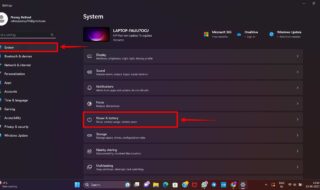Email automation can be absolutely fantastic, saving users spending hours on emails by automating certain features, thus ensuring that your customers can get the best possible response from you and your business.
However, automation also comes with no shortage of pitfalls: You can unintentionally make plenty of mistakes via Email automation. Here are some of the biggest ones and how you can avoid them.
Sending Too Many Emails
One of the more common Email marketing mistakes that people make is overselling. This means a lot of things, but it also means that you send too many Emails: An initial Email, a follow-up, a follow-up if someone clicks on something, etc.

Customers don’t mind hearing from you as long as what you are sending has value to them but send too many Emails, and they will tune you out or unsubscribe. Make sure you appropriately limit how many Emails you get and don’t send too many of them.
Overselling
Related to the point above, remember that your goal with Email automation needs to be to provide connection and value to a customer or lead’s business or life. If you sell too hard, or if the content of your Emails is overly sales-oriented, you’ll get tuned out or lose the lead.
When it comes to automation, the content needs to be more focused on building a relationship with a customer and positioning yourself as an expert who can help address their common problems. This is how you can turn a lead into a sale via automated Emails.
Failure to Give Options
In this case, options mean that you allow someone more control over what emails they receive. Your emails should be segmented, and the groups you send your emails to should be segmented by their interest.
The specific interest will depend on your industry. However, there are still plenty of opportunities to segment your Emails and thus ensure that customers are only getting the most relevant content.
From there, give them options and clarify that the customer controls what Emails they receive. If you do this successfully, the customer will be able to have control over their Email and ensure that the content they get is relevant to their life.
Failure to Send Calls to Action
At the end of the day, your goal with these Emails is to get someone to commit some action: Click here, buy this, contact us to learn more, etc.
As such, your Emails must clearly define what that action is and create a clear call to action. Make sure that the call to action is clearly labeled and always contained, even in an automated email.
Automation contains tremendous potential – as long you do it right. Avoid these mistakes, and you’ll be heading in the right direction, and always remember: Automation does not mean set it and forget it. You still have to send out the best possible content and ensure that it is optimized as per the preference of your clients or customers.



